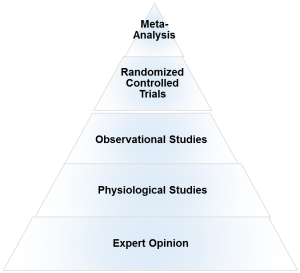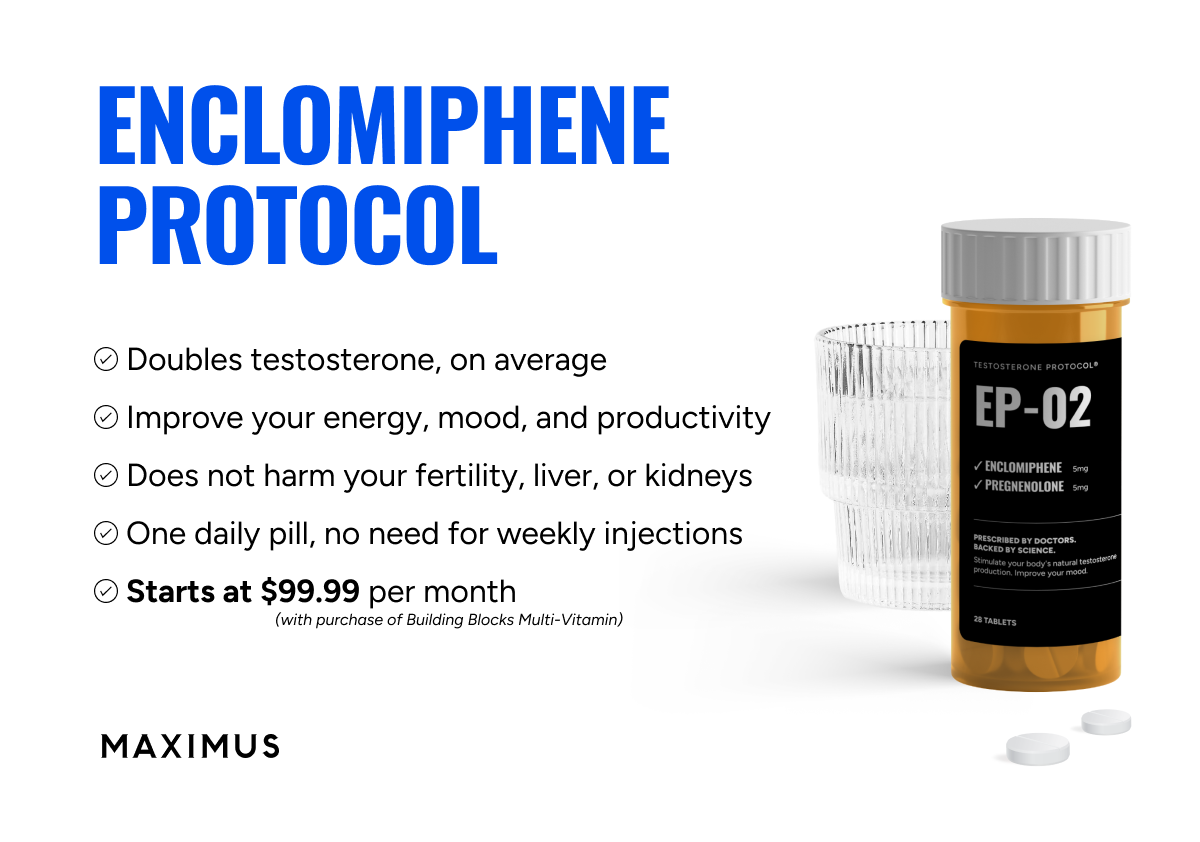I’m not sure this point sums it up—if anything it goes against what I was trying to say because they endorse the “high-normal” theory because they claim that 800-950 is generally the best place for testosterone levels.
I agree that a level of 265 (or 365 for that matter) should probably treated when a man is symptomatic. But why is 916 any better than 265? Who says that it’s better and healthier to have high normal testosterone levels relative to low normal testosterone levels? The prolactin range is generally 3-20 (I forget the units)—does anybody ever aim for a prolactin of 20 just because it is “high-normal”?
I honestly think statements like the above epitomize many clinics desire to cater to certain mens’ desire to have a high testosterone level, and not necessarily to help them achieve full symptom relief.
I am not so sure men desire to have high numbers rather than not having the symptoms of low T. Most men go to clinics basically as un-informed and wanting medical help because they feel bad.
In the science of the human body there is a law called the
law of individuality, meaning e
very object whether natural or man-made has a unique quality or characteristic in it which is not duplicated in any other object. When you say that 800-960 may not be healthy and lower amounts may be better you are completely discounting individuality between living organisms. If you drop down to say 500 and still have symptoms is that still optimal/healthy? Since we don't have any evidence that 800-900 is not healthy for those that have no symptoms at that range we can't just assume it is unhealthy, especially if no unhealthy side effects exists. There are no meta-analysis studies, controlled Trials or Observational studies so observation/expert opinion become our guide. 15,000 subjects is a pretty large sample size. I am sure the experts at
Defy look at all aspects of dosing at any level including unhealthy side effects. You have absolutely got to treat the symptoms and not worry about a number. Unwanted side effects must be taken into account. I have no idea how
Defy does with prescribing dose but I would imagine it is very individual and not some cookie cutter dosing to hit that 800-900 mark. The fact that science has show we all react slightly different to medicine doses tells me that it is very possible that some are completely healthy at higher doses and free of symptoms while others require less.
What is the evidence hierarchy
What part does age play in this whole thing. Is a 27 year old with low T and all the side effects better with a 350 or better off towards the high end where so may any others that age are? Still individuality isn't it? Would it not depend on symptoms and unhealth side effects? Does someone who is 65 need to be at the high end of a 27 year old? It's got to be based on the individual. Again you just can't assume a number is important where there are so many variables involved.
I think you guys should go back and listen again to Dr. Lipshultz's interview again. He talked about a study he did where that examined 1000's of patients T numbers and cardiovascular markers and they found that those with higher numbers had less cardiovascular abnormal markers. He said the significance was very high. Is that evidence that higher normal doses are not so unhealthy?
Can men <40 year of age have hypogonadal symptoms of low T with a serum T level of 400 or less? Again, there seems to be no clear threshold.
lil40
www.larrylipshultz.com
Dr. Lipshultz does base line studies of athletes he deals with that do large doses and says it is very rare if non existent that he ever sees any cardiovascular issues. So again, we have seen very little evidence that a high normal or even more is not healthy. Yet we are assuming lower levels are more healthy? Even Lipshultz advises that when you get on TRT to start low and titrate up to the point you have no symptoms and no unhealthy side effects. Again, there is no specific number for this because of the individuality factor.
Is it making men healthier now that TT levels have fallen so drastically in the past 50 years?
In an analysis of data from 4045 AYA men aged 15 to 39 years who participated in the National Health and Nutrition Examination Surveys (NHANES) and had their total testosterone (TT) levels measured during 1999-2016, TT was significantly lower among those in the later (2011-2016) compared with earlier (1999-2000) survey cycles,
Soum D. Lokeshwar, MD, an incoming urology resident at Yale School of Medicine, reported. Mean TT decreased over time from 605.39 ng/dL in 1999-2000 to 567.44, 424.96, 431.76, and 451.22 ng/dL in 2003-2004, 2011-2012, 2013-2014, and 2015-2016, respectively, The declining trend was statistically significant.
Elevated body mass index (BMI) was significantly and independently associated with decreased TT levels, with mean BMI rising from 25.83 kg/m2 in 1999-2000 to 27.21, 27.12, 27.81, 27.96 kg/m2 in 1999-2000, 2003-2004, 2011-2012, 2013-2014 and 2015-2016, respectively. Even in men with normal BMI (18.5-24.9 kg/m2), TT levels declined from 664.79 to 529.24 ng/dL between 1999-2000 and 2015-2016.
Declining testosterone levels in AYA men with increased obesity could lead to the early development of cancer. In addition,
low testosterone has been associated with diminished libido and may increase the likelihood of erectile dysfunction. Lower testosterone levels
also are associated with lower exercise levels.
Patel P, Fantus R, Lokeshwar S, et al.
Trends in serum testosterone levels among adolescents and young adult men in the United States. Presented at the American Urological Association 2020 Virtual Experience held in May. Abstract MP78-01.
Fantus R, Chang C, Bennet N, et al.
The association between exercise and serum testosterone among men in the United States. Presented at the American Urological Association 2020 Virtual Experience held in May. Abstract PD25-03.















